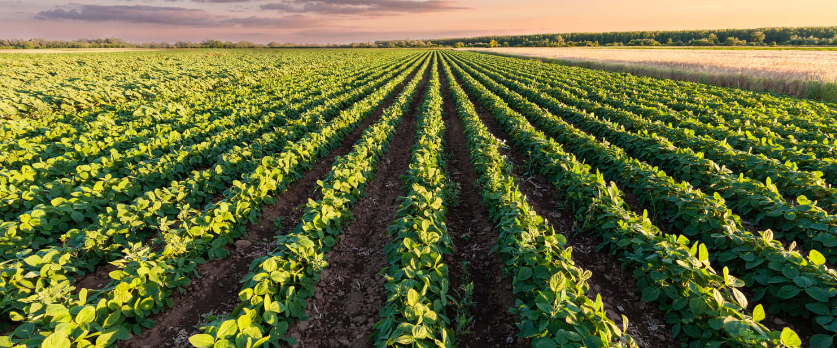For generations, conventional farming practices have prioritized short-term yields, often at the expense of the environment. However, a new wave of farmers is embracing a revolutionary approach known as regenerative agriculture. This forward-thinking and eco-conscious method focuses on restoring the health of our soils and revitalizing natural ecosystems, paving the way for a more sustainable and resilient future for agriculture.

Regenerative agriculture goes beyond simply growing crops. It’s about nurturing the land and creating symbiotic relationships between plants, animals, and the environment. Here are some key practices employed by regenerative farmers:
Cover Cropping
Planting cover crops between cash crop cycles helps suppress weeds, improve soil fertility, and prevent erosion. These cover crops also fix nitrogen in the soil, reducing the need for synthetic fertilizers.
Composting
By composting organic waste, farmers create a nutrient-rich amendment that feeds the soil and promotes the growth of beneficial microorganisms. This natural approach to soil fertility improves plant health and reduces reliance on chemical fertilizers.
Minimal Tillage
Traditional tilling practices can disrupt the delicate balance of soil life. Regenerative farmers minimize or eliminate tillage, allowing the soil structure to remain intact and fostering a healthy microbiome essential for plant growth.
The benefits of regenerative agriculture are far-reaching:
Improved Soil Health
By restoring organic matter and fostering microbial activity, regenerative practices create healthier, more fertile soils that are better equipped to retain water and nutrients.
Enhanced Biodiversity
Regenerative agriculture promotes biodiversity by supporting a wider variety of plant and animal life within the farming system. This creates a more resilient ecosystem and encourages natural pest control.
Regenerative agriculture
Regenerative agriculture goes beyond simply growing crops. It’s about nurturing the land and creating symbiotic relationships between plants, animals, and the environment. Here are some key practices employed by regenerative farmers:
Cover Cropping
Planting cover crops between cash crop cycles helps suppress weeds, improve soil fertility, and prevent erosion. These cover crops also fix nitrogen in the soil, reducing the need for synthetic fertilizers. Additionally, the diverse root structures of cover crops help break up compacted soil, improving drainage and aeration, which ultimately benefits the health and productivity of subsequent cash crops. Furthermore, cover crops can act as a natural mulch, helping to retain soil moisture and suppress weed growth, further contributing to efficient resource management and reducing the need for additional inputs.
Composting
By composting organic waste, farmers create a nutrient-rich amendment that feeds the soil and promotes the growth of beneficial microorganisms. This natural approach to soil fertility improves plant health and reduces reliance on chemical fertilizers.
Minimal Tillage
Traditional tilling practices can disrupt the delicate balance of soil life. Regenerative farmers minimize or eliminate tillage, allowing the soil structure to remain intact and fostering a healthy microbiome essential for plant growth.
Reduced Environmental Impact
By minimizing reliance on synthetic fertilizers and pesticides, regenerative agriculture helps reduce greenhouse gas emissions and protect water resources from pollution.
Regenerative agriculture is not just a farming method; it’s a paradigm shift towards a more sustainable and responsible relationship with the land. By embracing these practices, farmers are not only growing nutritious food, but also contributing to the health of the planet for generations to come. As the world grapples with the challenges of climate change and food security, regenerative agriculture offers a promising path forward, one that prioritizes both environmental well-being and agricultural productivity.









